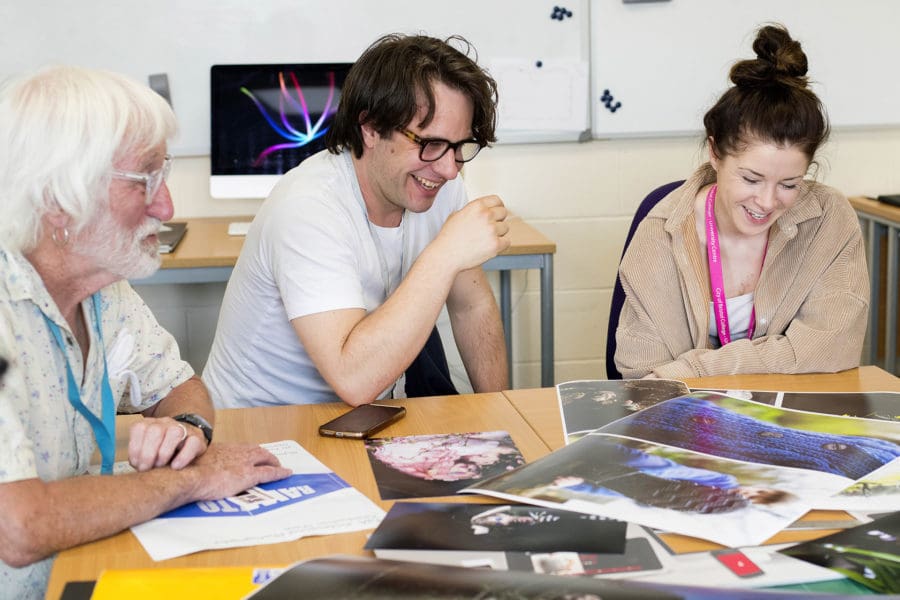Course overview
Photography A Level City of Bristol CollegeA Level Photography will teach you to look at the world in a creative way. The creative potential stimulated in this course will enable you to apply creative, analytical and critical thinking and problem solving to communicate ideas through photography. You will develop critical analyses of artists’ work helping to develop your own ideas through reaction, practical application and written reflections.
This course is an option within our creative A Level pathway.
- Creative Pathway course code: ALCREATIVE
Additional information
Who is this course for?
This course will enable you to work independently and learn how to be experimental. You will learn a range of skills and techniques but also to be able to problem solve and think outside of the box. You are encouraged at all times to be creative with your thought processes and to come up with concepts and ideas that you can respond to and develop.
What you'll learn
You will be introduced to a range of photographic media, techniques and processes. You will explore relevant images, artefacts and resources relating to a range of art, craft and design, from the past and from recent times, including European and non-European examples. This will be integral to the investigating and making processes. Your responses to these examples will be shown through practical and critical activities that demonstrate your understanding of different styles, genres and traditions. You may use traditional methods and/or digital techniques to produce images.
You will be required to work in one or more area(s) of Photography, such as those listed below. You may explore overlapping areas and combinations of areas:
- portraiture
- landscape photography (working from the urban, rural and/or coastal environment)
- still life photography (working from objects or from the natural world)
- documentary photography, photojournalism
- fashion photography
- experimental imagery
- multimedia
- photographic installation
- moving image (video, film, animation)
Course entry requirements
A minimum of 5 GCSEs at Grade 4 or above, including both Maths and English.
Grade 4 in Art or another creative subject, plus a portfolio.
You will provide a copy of your last school report and/or a reference from an employer or relevant professional other this will include attendance. This is to ensure that we can support you to be able to achieve well on the course.
Applicants with 85% or below attendance will have been deemed not to have met this criteria.
All applicants are given an opportunity to discuss any evidence-based mitigating circumstances that may have affected the reference/school report.
How is the course delivered and assessed?
Component 1 is the coursework which is worth 60% of your mark. The course begins with a theme and you will build a body of work in your sketchbook based around that theme. This will last for approximately eight weeks. Then you will move the project into a more self-guided area of study.
Component 2 is the externally set assignment which is worth 40% of your mark. The exam board release an exam paper on the 1st of February which consists of five or six different project themes. You then choose one of them and build another body of work in a sketchbook with research and development work resulting in a final outcome which you must make under exam conditions.
Future career and study opportunities
Following successful completion of the programme, next steps could be an Art Foundation, Art/Photography Degrees, Creative apprenticeships or build a creative portfolio for future interviews in the creative sector.
Additional costs
This course is free to anyone aged 16-18. There is no formal list of additional costs. However, if you are on a limited income, you may be eligible to receive help with these costs from our Learner Support Funding Bursary.
-
Career Coach
For guidance on which career path to take, to explore career options related to our courses, find out which careers are in demand, and then get the training you need.















